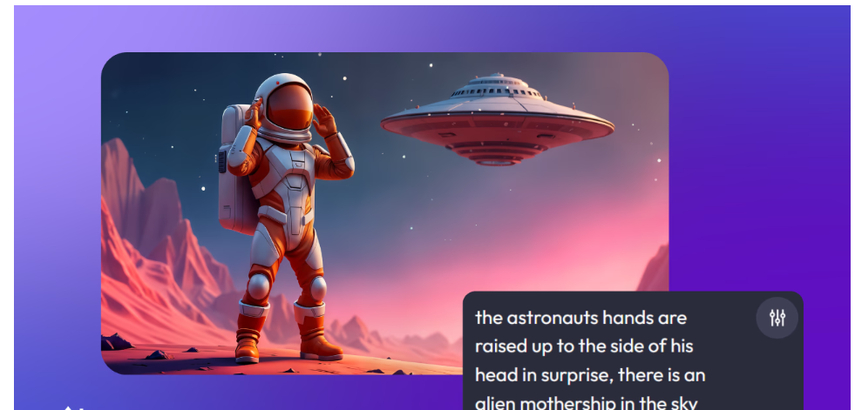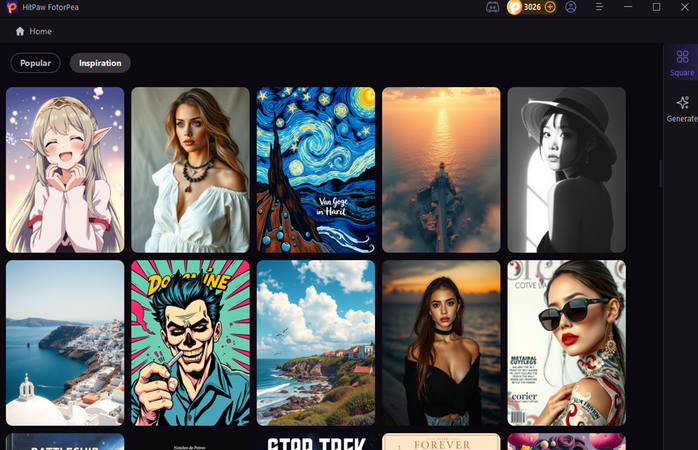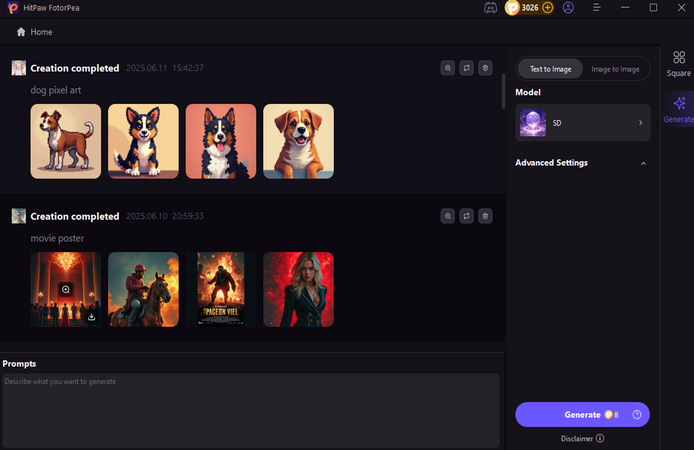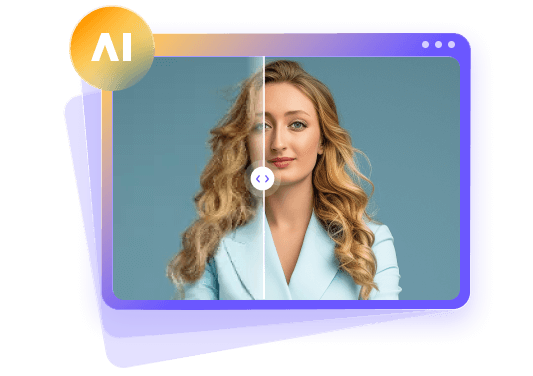What Is Flux Kontext and How Does It Redefine Contextual Workspaces
Managing work in today's digital ecosystem often feels like juggling too many balls in the air, with documents, meetings, emails, communication apps, and project tools scattered across various platforms. As the remote work expands with multitasking becoming the new norm, the need for an intelligent organization has never been greater
This is where the Flux Context comes in pretty handy.
Flux Kontext isn't just another productivity app; it's also a contextual intelligence platform built to understand what you're working on, what you need next, and why it matters. Unlike conventional software, which treats every task as an isolated block, Kontext brings everything together based on context, creating a responsive and dynamic workspace that evolves with the goals.
Let's examine what Flux Kontext is, how it contributes to the revolution in contextual computing, and how it makes your daily tasks much more efficient and effective.
Part 1. What Is FLUX-Kontext?
Flux Kontext is a context-driven digital workspace designed to eliminate distractions, increase focus, and enable users to enter the flow state faster. Kontext combines all the information associated with a project or objective into a single intelligent interface, eliminating the need for users to manually locate files, chats, or tasks across different tools.
Fundamentally, Flux Kontext functions similarly to an AI-powered digital mind map. It recognizes project associations, picks up on your work habits, and delivers the most pertinent content at the precise moment you need it.
Kontext maintains your work organized by intent rather than application, whether you're organizing a client proposal, wrapping up a design sprint, or preparing for a meeting.

Emergence of “Contextual Computing”
One of the most significant changes in the way we use digital technology is the emergence of contextual computing. Contextual computing brings in people, files, messages, and historical data that complement your current concentration, instead of concentrating on particular apps or screens.
In reality, this means that your system recognizes when you're studying a competitor, writing an article, or attending a strategy meeting and dynamically retrieves relevant information from your chat threads, emails, calendar, and cloud storage.
This type of approach is being used in technologies like Apple's Stage Manager and Continuity, Google's AI Summaries and Gmail and Docs, along with the AI suggestions and linked databases of Notion.
Flux Kontext tends to take the type of an idea a step further, offering a dedicated environment where context isn't only a feature, but becomes the foundation instead.
Introducing Flux Kontext as a Solution
Flux Kontext is designed to solve one core problem, which is the disconnected digital work. Too often, professionals must manually jump between Slack, task managers, Zoom, email, and Google Docs to like conversations, notes, and files. This type of constant switching tends to waste the time before breaking the flow.
Kontext will simplify this by automatically gathering all the resources connected to a meeting or project, offering live overlays when working in third-party tools, suggesting the next logical steps based on recent actions, and supporting deep integrations with the productivity suites. It's surely like having an intelligent assistant that won't just remind you of specific tasks, but will also build the workspace for the current goal in real-time.
Part 2. How Kontext Works
Since the interface of the Flux Kontext looks simple, it doesn't make you feel that you're using this tool first time.
Instead, this tool works so intelligently that even newcomers won't see any difficulty using the Flux Kontext. You can refer to the detailed guide provided below to use Kontext to edit images.
Step 1: After going into the main interface of the Flux Kontext, you'll need to choose whether you want to upscale the images, remove the background from photos, vectorize the pictures or would love to select the Prompt Edit.

Step 2: Choosing the Prompt Edit will require you to import the image, as this way you can enter the guidelines of how you would like to edit the uploaded images. It doesn't come up with the manual operations to edit the pictures, as only noting down the written text description will let you edit the magnificent images without asking you to do much.

Step 3: Kontext will then apply the written text description to the images and will show up the results and then you can preview the pictures. After reviewing the images, you can export the photos.

Part 3. A Nice Alternative to Generate Artworks with HitPaw FotorPea
Since Kontext isn't available for all people looking for its alternative to generate the amazing images makes sense and that's where HitPaw FotorPea comes handy. It allows you to produce flawless AI-geneAI-generatedges in outstanding image quality.
With HitPaw FotorPea you can generate the multiple photos simultaneously and all the images will have different styles applied in them making the photos look admirable and exciting.
Features
- Allows you to generate the flux Kontext effortlessly
- Works on Mac and Windows
- Retains the outstanding image quality during image generation
- Lets you enhance the generated images
- Remove the unwanted objects from the generated images
- Change the background of generated photos
How to Create the photos with HitPaw FotorPea?
Step 1: Start the HitPaw FotorPea after installing it from the official website, and then tap on the AI Generator before choosing the Text to Image icon.

Step 2: Now, you can type in the relevant text description of the type of photos you'd like to generate, and since HitPaw FotorPea also supports the Image to Image option, you can also upload the photos.

Step 3: After choosing the image resolution, size, and variety of other parameters of the photos, tap on the Generate icon to start creating the images. After generating the image, you'll need to preview the picture and then click the Download button.

Part 4. FAQs of Flux Kontext
Q1. Is Flux Kontext available to the public?
A1.
Flux Kontext is available to select users through a closed beta program. The team behind the flux is slowly expanding access, prioritizing the early adopters, enterprise testers, and teams operating in fast-paced digital environments. You could easily sign up for the wait-list on the official website to be notified when the public access opens.
Although it is not a mass market tool, early reviews and insider previews will suggest that the Flex Kontext might become a core component of the productivity stacks for the consultants, product teams, and digital professionals.
Q2. How does Kontext capture information?
A2. Flux Kontext relies on contextual algorithms and smart integrations to click the relevant information across the digital workspace. It tends to connect with tools like Gmail and Outlook, Google Calendar, Google Drive, Notion, Dropbox, Slack, Microsoft Teams, and web browsers.
Final Words
Since Flux Kontext is context-aware, intelligent, and fluid, it represents the future of digital work. By removing the chaos of the disconnected files and app switching, it enables you to focus intensely, stay aligned with the goals, and move faster. To allow you to organize project resources in a single view and help you surface real-time insights during meetings, Kontext tends to redefine how we approach productivity.
If you want to generate the exciting artwork just like Flux Context, you can aim at HitPaw FotorPea. It offers outstanding image creation powers to make image generation ruthless and admirable.










 HitPaw Edimakor
HitPaw Edimakor HitPaw VikPea (Video Enhancer)
HitPaw VikPea (Video Enhancer) HitPaw Univd (Video Converter)
HitPaw Univd (Video Converter) 



Share this article:
Select the product rating:
Daniel Walker
Editor-in-Chief
This post was written by Editor Daniel Walker whose passion lies in bridging the gap between cutting-edge technology and everyday creativity. The content he created inspires the audience to embrace digital tools confidently.
View all ArticlesLeave a Comment
Create your review for HitPaw articles